Cabinets without handles may seem like a design choice for modern homes, but they can often be found in older homes as well. These cabinets offer a sleek and clutter-free look, but they can pose a challenge when it comes to opening them. Without handles to grip onto, it may seem impossible to open these cabinets without causing damage or using external tools. However, there are actually several techniques that you can use to easily open cabinets without handles.
In this guide, we will discuss how to open cabinets without handles and the different methods you can use to open them. We will also provide tips on how to maintain your handleless cabinets for long-term use.
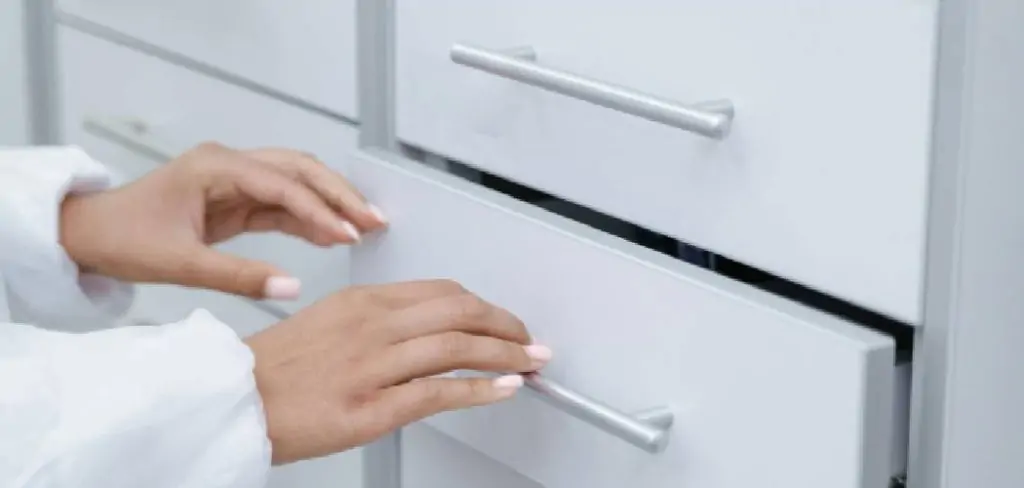
Why Some Cabinets Don’t Have Handles
There are a few reasons why some cabinets may not have handles:
- Design choice: As mentioned earlier, handleless cabinets are often chosen for their sleek and modern design. This can give a room a clean and minimalistic look.
- Space-saving: Handles take up space, and in small kitchens or bathrooms, every inch counts. Handleless cabinets allow for more efficient use of space.
- Safety: Handles can be dangerous for young children as they can bump into them or get their fingers caught. Handleless cabinets eliminate this risk.
7 Ingenious Ways on How to Open Cabinets Without Handles
Sometimes, modern kitchen designs favor minimalism, opting for cabinets without visible handles. While these designs are sleek and stylish, they can initially pose a bit of a practical challenge. Fear not! Here are seven ingenious ways to open cabinets without handles.
1. Push-to-Open Mechanisms
One of the simplest and most effective methods is using a push-to-open mechanism. These systems allow you to open your cabinets with a gentle push, usually through a spring-loaded mechanism that releases the door. They’re easy to install and perfect for maintaining that clean, handle-free look.
2. Magnetic Latches
Magnetic latches function similarly to push-to-open mechanisms but use magnets to keep the doors closed. A slight push will break the magnetic hold, allowing the door to open effortlessly. Magnetic latches are particularly useful for heavier doors that may require more force to open.
3. Cut-Out Handles
For a more subtle handle-free appearance, consider cut-out handles. These are sections cut into the top or side edge of the cabinet door that you can grip to pull the door open. They’re practical and almost invisible from a distance, keeping the aesthetic of your handleless cabinets intact.
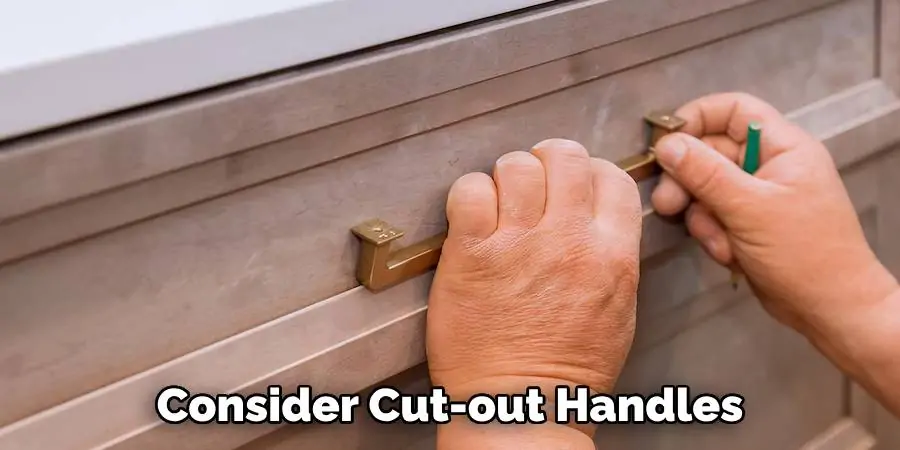
4. Recessed Pulls
Recessed pulls are installed into the door itself, creating a small cavity that you can use to open the cabinet. These pulls are available in various shapes and sizes and can be tailored to blend seamlessly with your cabinet design. Recessed pulls offer a balanced blend of functionality and aesthetics, allowing you to open your cabinets effortlessly without disrupting the clean lines of your modern kitchen or bathroom.
5. Touch Latch Systems
Touch latch systems are another excellent way to open cabinets without visible handles. Similar to push-to-open, a light touch will activate a latch, releasing the door. These systems can be adjusted to require different pressure levels, ensuring ease of use for everyone in the household. This adaptability makes touch latch systems an ideal solution for families with members of varying ages and strengths. Touch latches also contribute to the streamlined, uncluttered look that handleless cabinets are known for, making them both a functional and stylistic choice.
6. Channel Handles
Channel handles are strips usually installed at the top or bottom edge of the cabinet door. These strips provide a grip area for your fingers, enabling you to pull the door open easily. They offer a minimalist look while still providing a functional handle to open the door. Channel handles are available in various materials, including metal and wood, allowing you to customize them to complement your cabinet design.
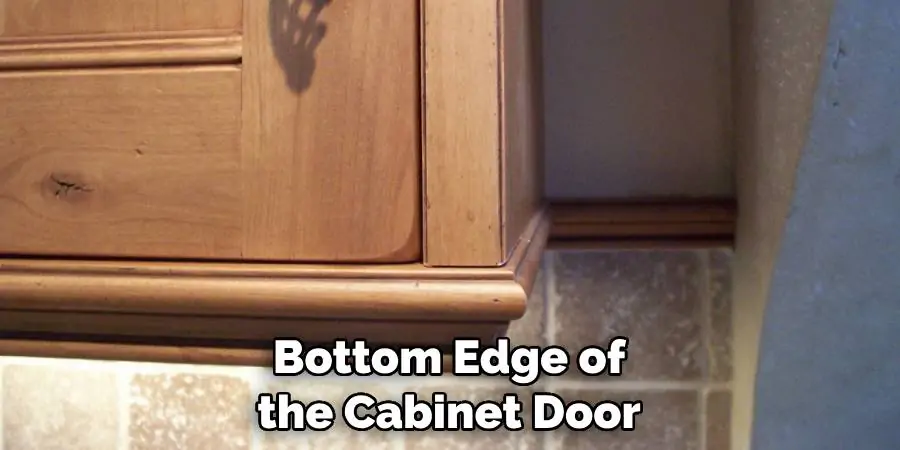
7. Edge Profiles
Edge profiles are another sleek option for handle-free cabinets. This involves shaping the edge of the door itself to create an overhang or lip that you can grab to open the door. This method is entirely hidden when the door is closed, maintaining the uninterrupted lines of your kitchen design. Edge profiles can be custom-made to align with the overall aesthetic of your space, ensuring they do not detract from the minimalist appeal.
By seamlessly integrating these profiles into the cabinet doors, you can achieve a harmonious look that is both modern and functional. Whether you’re renovating an older kitchen or designing a new one, incorporating edge profiles provides a practical solution without compromising on style.
Some Common Types of Handleless Cabinet Hardware
Now that you have learned some techniques on how to open cabinets without handles, here are some popular types of hardware used for handleless cabinets:
- Push-to-open Systems: These can be mechanical or electronic and are activated by a gentle push.
- Touch Latches: These use magnetic fields to keep the door closed until a light touch releases them.
- Recessed Pulls: As mentioned earlier, these are installed into the cabinet door. They’re often made from metal and come in various sizes and shapes.
- Edge Profiles: Common materials used for edge profiles include aluminum, wood, or acrylic. They can be customized to match your cabinet design seamlessly.
Tips for Maintaining Your Handleless Cabinets
With minimalistic designs becoming increasingly popular, it’s essential to know how to maintain your handleless cabinets to ensure they stay looking sleek and stylish for years to come. Here are a few tips:
- Regular Cleaning: Make sure to clean your cabinets regularly with a mild cleaner and soft cloth. Avoid using harsh chemicals that could damage the finish.
- Be Gentle: Handleless cabinets may require a bit of extra care when opening them, so make sure not to apply too much force or yank on the doors.
- Check Hardware Regularly: Keep an eye on the hardware used for your handleless cabinets. Ensure everything is securely fastened and replace any worn-out parts if necessary.
- Consider Touch-up Paint: Over time, your cabinets may develop small scratches or chips in the finish. Keep some touch-up paint on hand to maintain a flawless appearance.
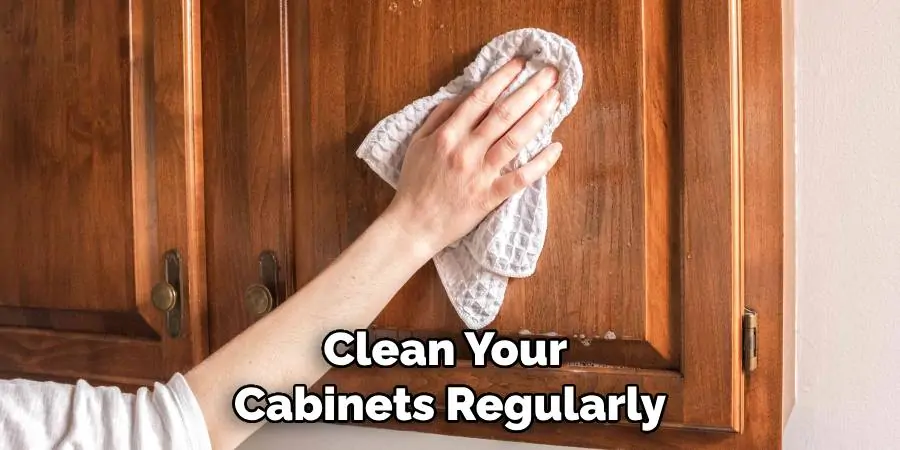
Frequently Asked Questions
What Are Cabinets Without Handles Called?
Cabinets without visible handles are commonly referred to as handleless cabinets or push-to-open cabinets. This design choice is celebrated for its clean, minimalist aesthetic, which can make any kitchen or bathroom appear more spacious and contemporary. Handleless cabinets often employ mechanisms such as push-to-open, magnetic latches, or recessed pulls to maintain a seamless look while still providing practical access. These systems not only enhance the visual appeal of the cabinetry but also offer a tactile, user-friendly experience.
Are Handleless Cabinets More Expensive?
It depends on the type of handleless cabinet hardware used. Some options, such as recessed pulls or edge profiles, may require custom fabrication and can be more expensive. However, other methods such as push-to-open mechanisms or magnetic latches are typically affordable additions to any cabinet design. While the initial investment for these handleless solutions might be higher, the long-term aesthetic and functional benefits often justify the cost.
Additionally, handleless cabinets can contribute to a higher resale value for your home, given their modern and sleek design appeal. Ultimately, the decision to opt for handleless cabinets should balance both your budget and your design vision, ensuring that you achieve a kitchen or bathroom space that is both stylish and practical.
Can I Add Handles Later if I Change My Mind?
Yes! If you decide later that you want handles for your cabinets, they can easily be added by drilling holes and installing traditional handles or knobs. However, keep in mind that this may affect the overall aesthetic of your handleless cabinets. Adding handles after the fact could interrupt the clean lines and seamless design that characterize handleless cabinets.
If you are unsure about your decision, consider using temporary adhesive handles before committing to drilling holes. This way, you can evaluate both the practicality and visual impact before making a permanent change. Ultimately, the choice between handleless and handled cabinets should align with your functional needs and design preferences.
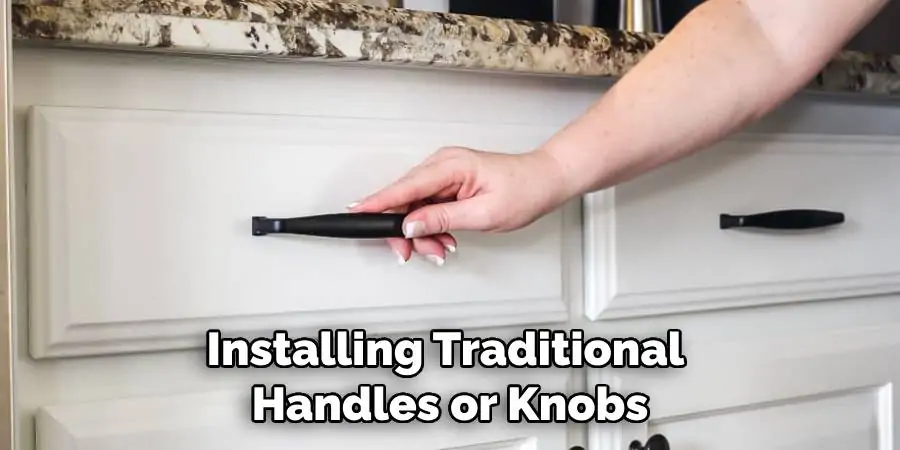
Conclusion
In this guide, we have explored various techniques and hardware options for how to open cabinets without handles. Whether you prefer a completely handle-free look or a minimalist design with subtle handles, there are plenty of options to choose from. Remember to maintain your handleless cabinets regularly to keep them looking sleek and functional. With the right approach, you can achieve a modern and stylish kitchen or bathroom that is both practical and aesthetically pleasing.
Remember, when it comes to handleless cabinets, less is more! So be mindful when choosing your hardware and consider functionality as well as style. With these tips in mind, you can confidently create a beautiful space that reflects your personal taste while staying on-trend with the latest interior design trends. So go ahead and embrace the handleless trend for a minimalist and modern touch in your home. Happy designing!
